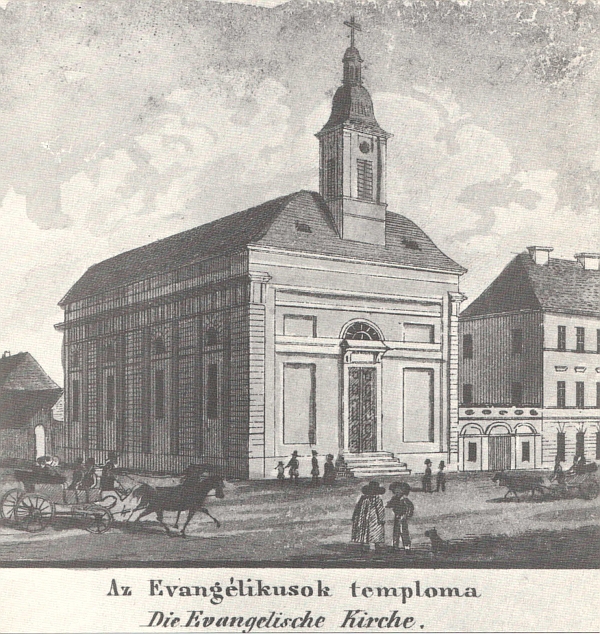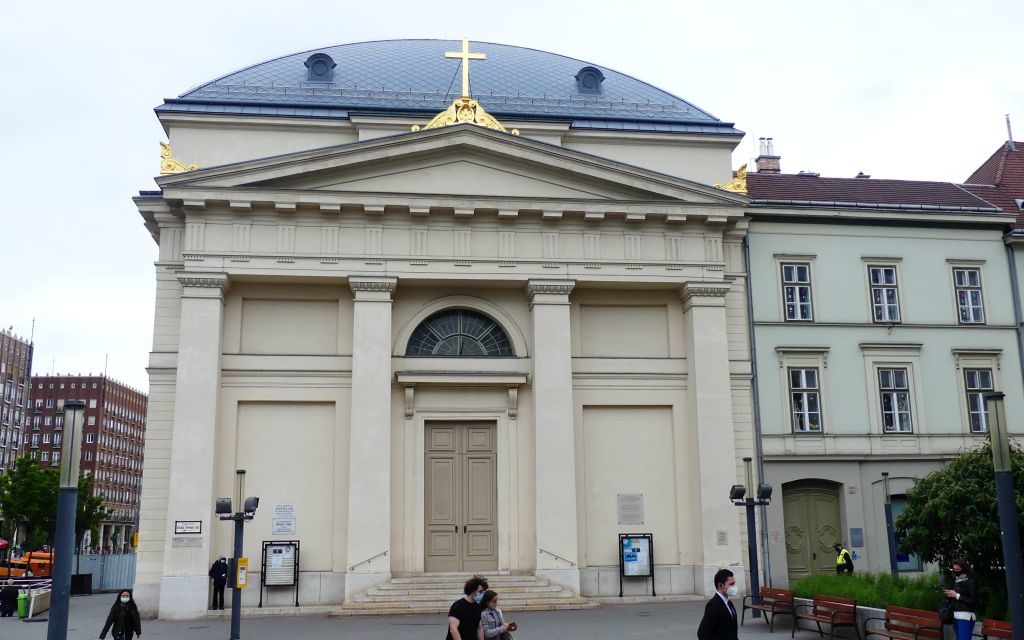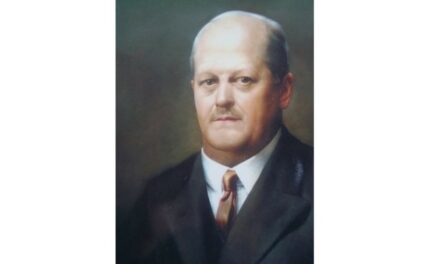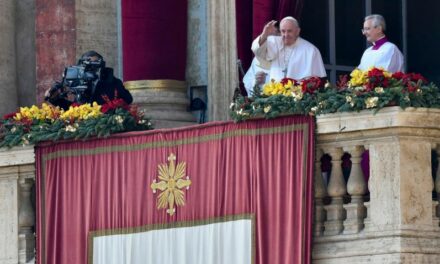Budapest - Deák tér Insula Lutherana, i.e. the building complex that includes the Lutheran church, gymnasium and museum, has become a historical monument.
With the support of the National Monuments and Mercy Committee and the National Heritage Institute, the Government, with effect from May 22, 2021, elevated the Insula Lutherana (Evangelical church, gymnasium and museum) in Budapest (District V) to historical monuments, the Petőfi Memorial Museum in Kiskőrös and Szülőház, the Kossuth Memorial Museum in Monok, the ruins of Zrínyi-Újvár, its former territory (Őrtilos) and the Romhány battlefield.
The Deák tér evangelical church was built in 1799-1808 based on the plans of Mihály Pollack. It is interesting that at first it was a military clothing warehouse and was consecrated only in 1811. Its present-day main facade, segmented with Doric wall pillars and closed with a tympanum, was built in 1856 by József Hild.

The church with the original tower
The classicist tower had to be removed in 1875 for static reasons,
at the same time the church's vaulted ceiling was replaced with a broken-plane coffered ceiling. During the Pest flood of March 1838, it served as a refuge for many. According to the marble plaque on the facade, Lajos Kossuth baptized his sons Ferenc and Lajos Tivadar here.
On the wall facing the courtyard, two bronze reliefs commemorate the 500th and 300th birth anniversaries of Márton Luther and Johann Sebastian Bach.
During the Second World War, it was also damaged during the construction of the M2 metro line. At the turn of the millennium, the church without a tower and bell received a small (computer-controlled) set of bells, which chime several times a day.
The church is still the center of the life of the Deák tér evangelical church, every Sunday and holiday there are church services at several times.
Image source: pestbuda.hu











